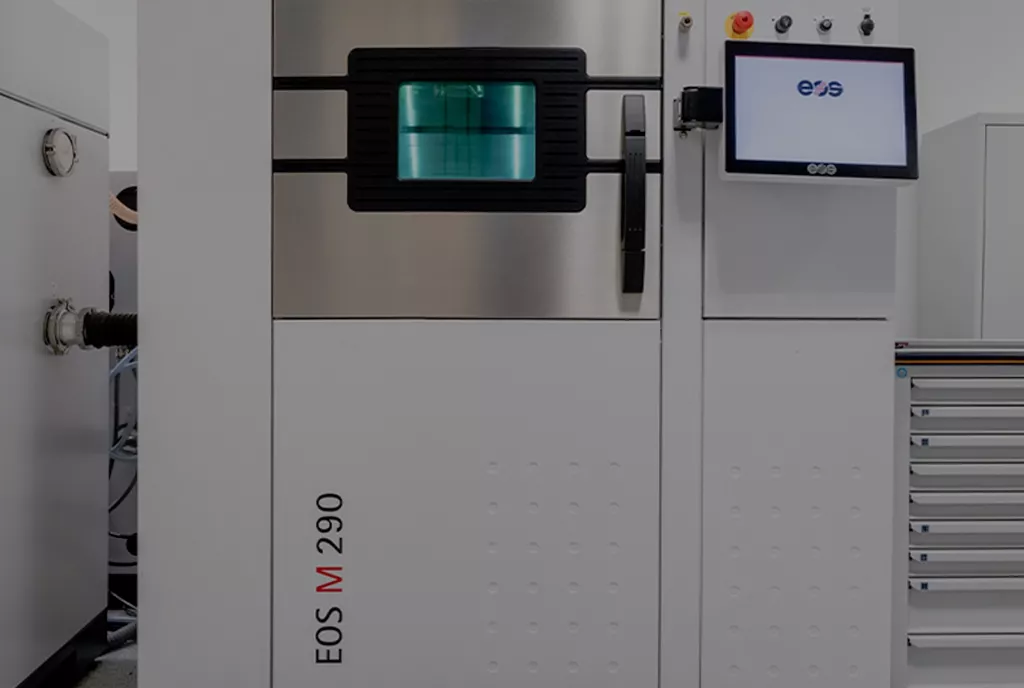Outcome
OECHSLER utilizes the MLS printer to produce a wide variety of complex elements of molds itself without any additional time or costs. Here, the combination of additive and subtractive processes, in particular, is decisive for the required accuracy of the component. With the help of 3D-printed molds, enable the development of prototypes for injection molding much faster and more cost-effectively.
This is an important lever, especially for the realization of shorter development cycles. Tailored to the order, OECHSLER offers its customers to produce corresponding 3D-printed tool parts in-house. From the original intended application of the MLS printer for shoe soles and bicycle saddle molds, the field of application has now expanded to large-scale use in the area of injection molds.
Our benefits at a glance
Shortening development cycles
Integrating complex geometries to inhouse-made tools
Enabling Rapid Prototyping
Combining additive and substractive technologies

















